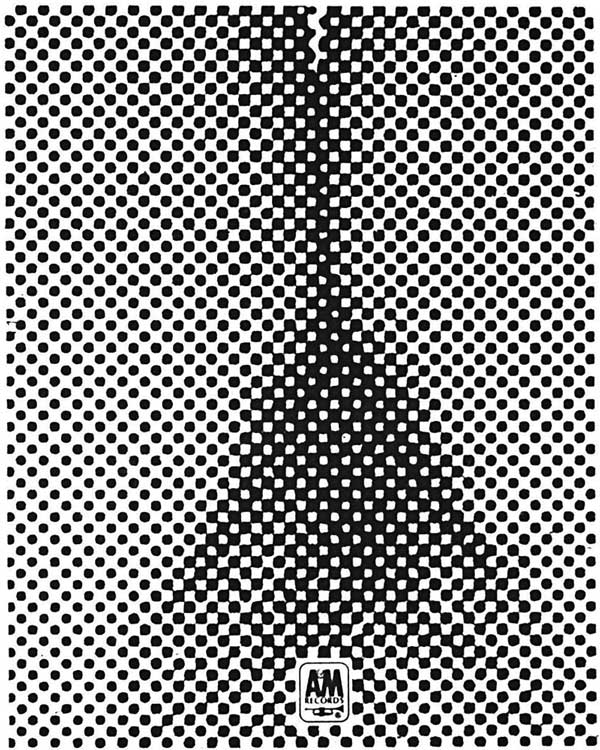Big Ears Festival 2019
Big Ears Thursday evening: Welcome to Knoxville! Bill Frisell and Thomas Morgan at the Standard were superb. I’ve wanted to see Bill for a long time, and getting to stand three feet in front of him and watch his fingers was mesmerizing. Since they play so quietly the sound was excellent. Can’t say the same for Mercury Rev at the Mill & Mine. The music would’ve been nice, but it was overpowered by a booming cloud of muddy bass guitar colliding with oh-so typical howitzer-level body-assaulting kick drum. Obnoxious “rock” drum sound in general. Do sound guys go to asshole school to learn this technique? I’ve seen so many concerts ruined by this kind of drum mix… On the other hand, I loved the Mathias Eick Quintet at the Standard — Norwegian jazz (piano, bass, drums, violin, trumpet) — inventive, dynamic, and soulful — and played at a very comfortable volume, so you could hear every element.
Big Ears Friday: Breakfast at our regular spot, Three Rivers Co-op. Biscuits and home fries! Friday was a great music day — started at the Knoxville Museum of Art with Ron Mann’s sweet documentary Carmine Street Guitars. Then over to the Mill & Mine for Lonnie Holley backed up by the Messthetics, a surprising combination that meshed very well. I stayed at the Mill for one of the day’s highlights: Mary Halvorson’s Code Girl (guitar, bass, drums, trumpet and the soulful vocals of Amirtha Kidambi). Meanwhile, Valerie enjoyed Coupler’s electronic set at the KMA. Ralph Towner was technically dazzling in the beautiful St John’s Cathedral. Evening show at the Standard was ABSINT (Aurora Nealand, Tim Berne, Bill Frisell, and David Torn) — exciting freeform improv. We closed the day at the Tennessee Theatre with Roomful of Teeth’s moving evocation of Robert Mapplethorpe’s life and work.… Continue reading
